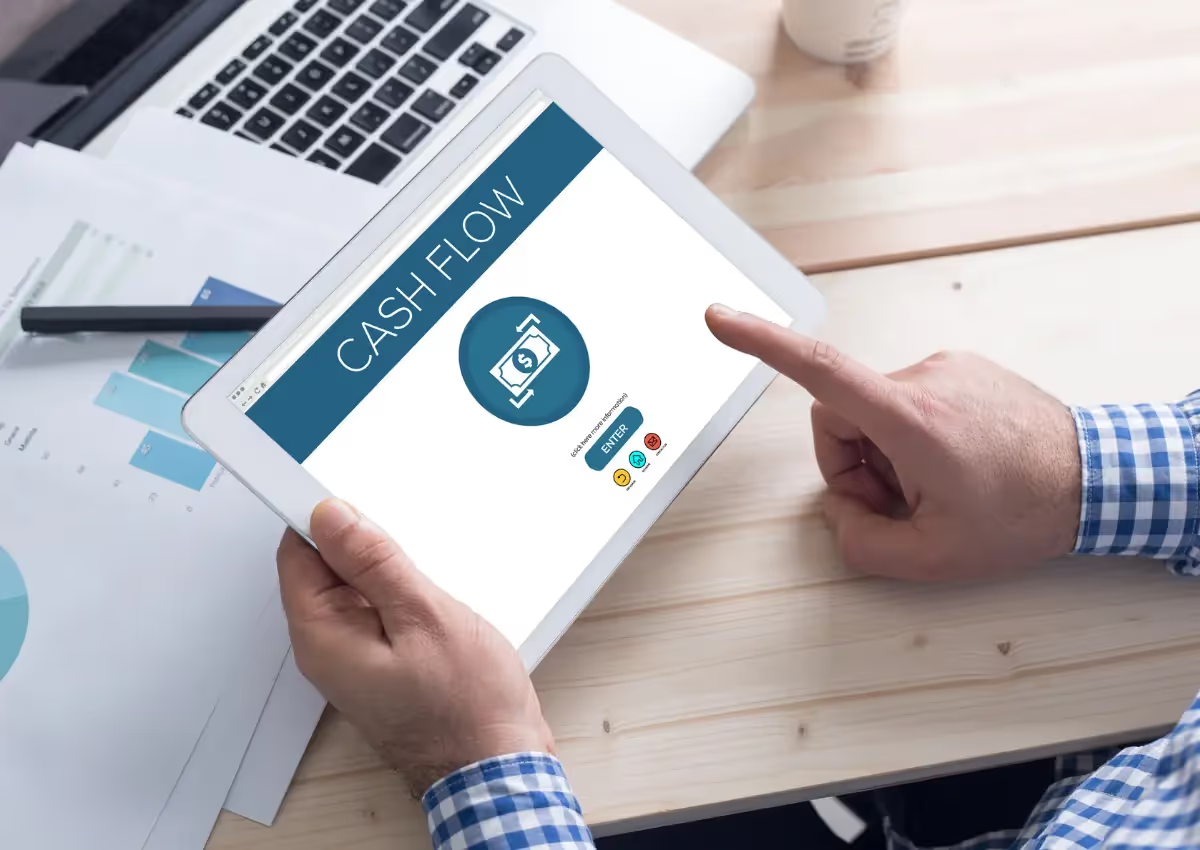Temporary accounts: Definition, examples, and basics
Temporary accounts, also known as nominal accounts, refer to accounts closed at the end of each accounting period. Learn the basics and best practices.

In this post, we dive into temporary accounts, exploring their definition, functionality, advantages, limitations, and potential alternatives.
What are temporary accounts?
Temporary accounts, also known as nominal accounts, are fundamental components of the accounting process used to track income, expenses, and withdrawals during a specific accounting period. These accounts begin each period with a zero balance and accumulate data related to that specific period. At the end of the period, their balances are transferred to permanent accounts, and then they are reset to zero to start the next period. This system allows businesses to monitor financial performance and provides critical data for income statements. Importantly, these temporary accounts contrast with permanent accounts, which carry balances forward into future accounting periods.

How do temporary accounts work?
Temporary accounts operate on the principle of closing the books at the end of an accounting period. During the close process, the balances of these accounts are transferred to a permanent account called the retained earnings account. By resetting the balances of temporary accounts to zero, you start each accounting period fresh and ensure accurate financial reporting.
For example, during an accounting period, all revenue transactions are recorded in the revenue accounts. At the end of the period, the total revenues are transferred to the retained earnings account (a permanent or real account) and the revenue accounts are cleared to start the next period afresh.
To better understand how temporary accounts work, let's break it down into key steps:
Recording revenue and expenses
Revenue and expenses are crucial for understanding a company's profitability. Revenues are gross income from sales, while expenses cover business costs like salaries, rent, and materials. They're recorded when incurred, not necessarily when cash exchanges hands, following the accrual basis of accounting. The gap between total revenue and expenses shows net income, a key business performance measure.
Closing the books
Closing the books, an accounting step at an accounting period's end, readies temporary accounts for the next phase. This involves shifting balances from temporary to permanent equity accounts. These are often known as owner's capital for small businesses or retained earnings for corporations. Essentially, it resets for the next period and updates retained earnings with the latest net income or loss. This step is vital in maintaining precise and uniform financial reporting.
Benefits of temporary accounts
Temporary Accounts offer several benefits that simplify and streamline your accounting processes. Here are some key advantages:
- Accurate financial reporting: By resetting to zero at the start of each fiscal year, temporary accounts help maintain the accuracy of financial statements. They ensure that income, expenses, and other financial data are accurately reported within the correct accounting periods.
- Simplified analysis: Temporary accounts offer a concise overview of a company's financial actions within a specific timeframe. This simplifies analyzing and contrasting financial progress over various periods, aiding informed strategic choices.
- Enhanced tax compliance: By tracking income and expenses within a specific period, temporary accounts aid in accurate tax computation. They ensure compliance with tax regulations by providing clear and timely records of taxable income and deductible expenses.
- Improved budgeting: With the organized record-keeping offered by temporary accounts, businesses can efficiently plan and control their budgets. The clear view of revenues and expenses helps in making realistic budget forecasts and effective financial planning.
Downsides to temporary accounts
While Temporary Accounts offer numerous benefits, it's important to consider potential downsides. Here are a few aspects to keep in mind:
- Complexity: Understanding Temporary Accounts and their role in financial reporting may require a learning curve for unfamiliar accountants.
- Additional workload: Managing Temporary Accounts involves periodic book closures, which adds extra tasks to the accounting process. However, accounting software can automate much of this process, reducing manual effort.
- Potential errors: Neglecting proper maintenance or closure can cause financial reporting inaccuracies. Consistent monitoring and reconciliation are vital for error prevention.
Types of temporary accounts
Temporary accounts can be categorized into several types based on the nature of the transactions they record. Here are some common types:
Revenue accounts
Revenue accounts track the income generated by a business through the sale of goods or services. These accounts include all sources of income and are credited when a sale is made, thus playing a vital role in determining profitability.1
Expense accounts
Expense accounts track the costs incurred in the course of running a business, such as wages, rent, and utilities. They are debited with each expense recorded and are essential in accurately assessing the cost of operations.2
Gain and loss accounts
Gain and loss accounts record non-operational transactions that may impact a company's financial position. Gains and losses can result from events like selling an asset for more or less than its book value, or from foreign exchange fluctuations.1
Best practices for managing temporary accounts
Effectively managing temporary accounts is crucial for accurate financial reporting. Here are some best practices to consider:
Consistent categorization
Consistent categorization of revenues and expenses into the appropriate accounts is key to maintaining clear and accurate records. It ensures comparability across accounting periods and helps in analyzing financial performance.
Regular reconciliations
Regular reconciliations are crucial for identifying and resolving any discrepancies between the business's records and bank statements or other external documents. These regular checks enhance the accuracy of financial statements.
Accruals and deferrals
Using accruals and deferrals correctly is essential for complying with the accrual basis of accounting. They ensure that revenues and expenses are recorded in the period they're earned or incurred, not when cash changes hands.3
Timely closing of the books
Closing the books promptly at the end of each accounting period allows for a fresh start in the next period and aids in timely financial reporting. It also ensures the correct rollover of the balances to retained earnings or the owner's capital account.
Differences between temporary accounts and permanent accounts
Temporary accounts and permanent accounts serve different purposes in the accounting process. Here are the key differences:
- Duration: Temporary accounts have a specific accounting period and are used to track revenue, expenses, gains, and losses during that period. Permanent accounts, such as asset, liability, and equity accounts, have no time limitation and carry forward their balances from one accounting period to the next.
- Closing process: Temporary accounts are closed at the end of each accounting period by transferring their balances to the Retained Earnings account. This process resets their balances to zero for the new period. In contrast, permanent accounts are not closed but carry their balances forward.
- Reporting: Temporary accounts contribute to the preparation of income statements, which show the net income or loss for a specific period. Permanent accounts, on the other hand, provide information about the financial position, equity, and long-term obligations of a company.
Frequently asked questions
Can I use temporary accounts in both cash and accrual accounting?
Yes, temporary accounts can be used in both cash and accrual accounting methods. The accounts track revenues and expenses regardless of the accounting basis used.
Do temporary accounts affect my tax calculations?
Yes, temporary accounts play a crucial role in tax calculations. By accurately tracking revenues and expenses, you can determine taxable income and fulfill tax obligations.
How frequently should I close temporary accounts?
Temporary accounts are typically closed at the end of each accounting period, which can be monthly, quarterly, or annually. The frequency depends on the business's reporting needs and industry regulations.
What happens when temporary accounts are not closed?
When temporary accounts are not closed at the end of an accounting period, it can lead to several issues:
- Inaccurate financial reporting: Failure to close temporary accounts can result in the carryover of balances from one period to the next, leading to incorrect income statements and financial statements.
- Difficulty in analysis: Open temporary accounts can make it challenging to analyze the financial performance of a specific period as the balances may include transactions from multiple periods.
- Discrepancies in tax calculations: Incorrect balances in temporary accounts can lead to errors in tax calculations, potentially resulting in underpayment or overpayment of taxes.
Why do temporary accounts have zero balances at the start of an accounting period?
Temporary accounts have zero balances at the start of an accounting period to ensure accurate financial reporting. By resetting the balances to zero, you begin each period with a clean slate, free from the influence of transactions and balances from previous periods. This zero balance allows for a clear delineation of the financial performance and outcomes specific to the current accounting period.
Sources:
- Warren, C. S. (2016, September 14). Financial & Managerial Accounting. Google Books. https://books.google.com/books/about/Financial_Managerial_Accounting.html?id=puq5DQAAQBAJ
- Introduction to financial accounting, 11th edition. Introduction to Financial Accounting. (n.d.). https://www.pearson.com/en-us/subject-catalog/p/Horngren-Introduction-to-Financial-Accounting-11th-Edition/P200000005928/9780137981885
- Weygandt, J. J. (2015, January 7). Financial & Managerial Accounting. Google Books. https://books.google.com/books/about/Financial_Managerial_Accounting.html?id=pTExBgAAQBAJ

